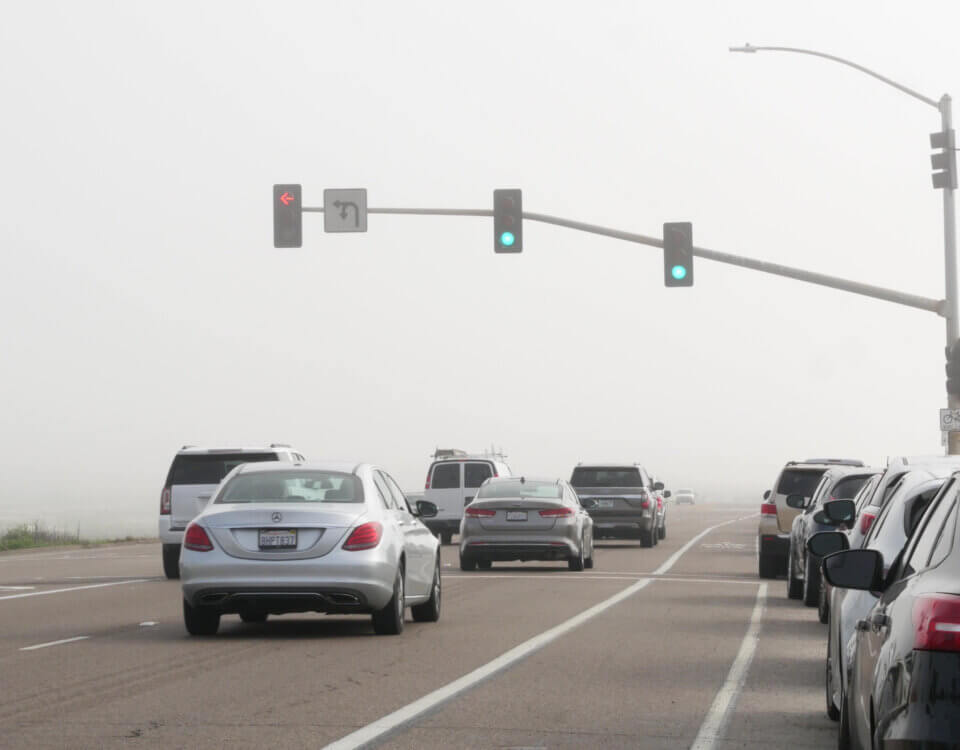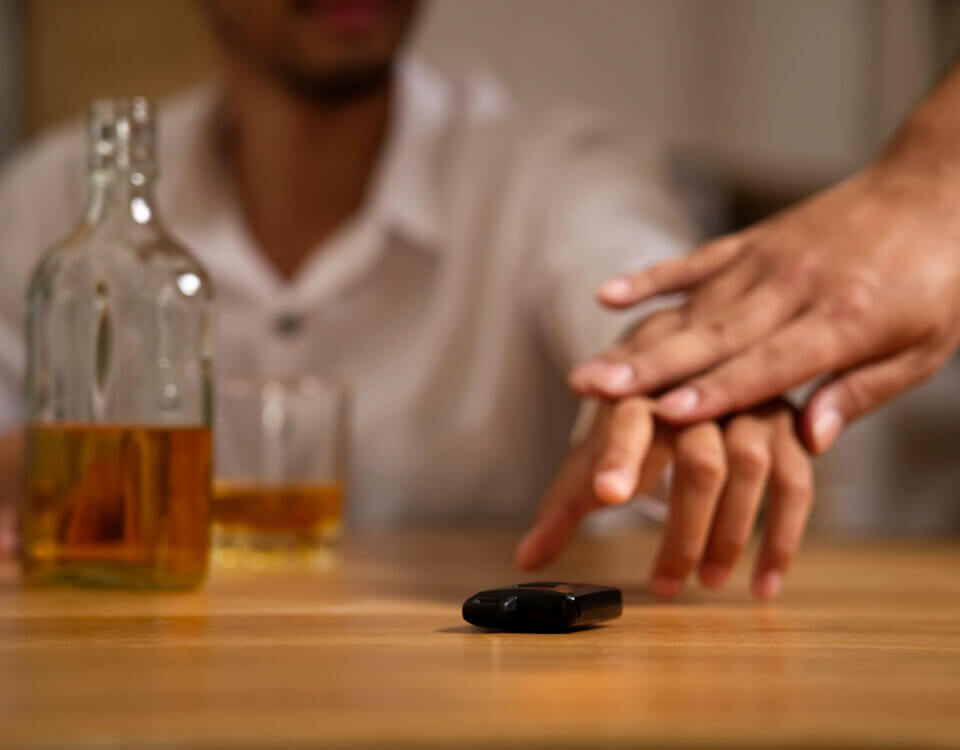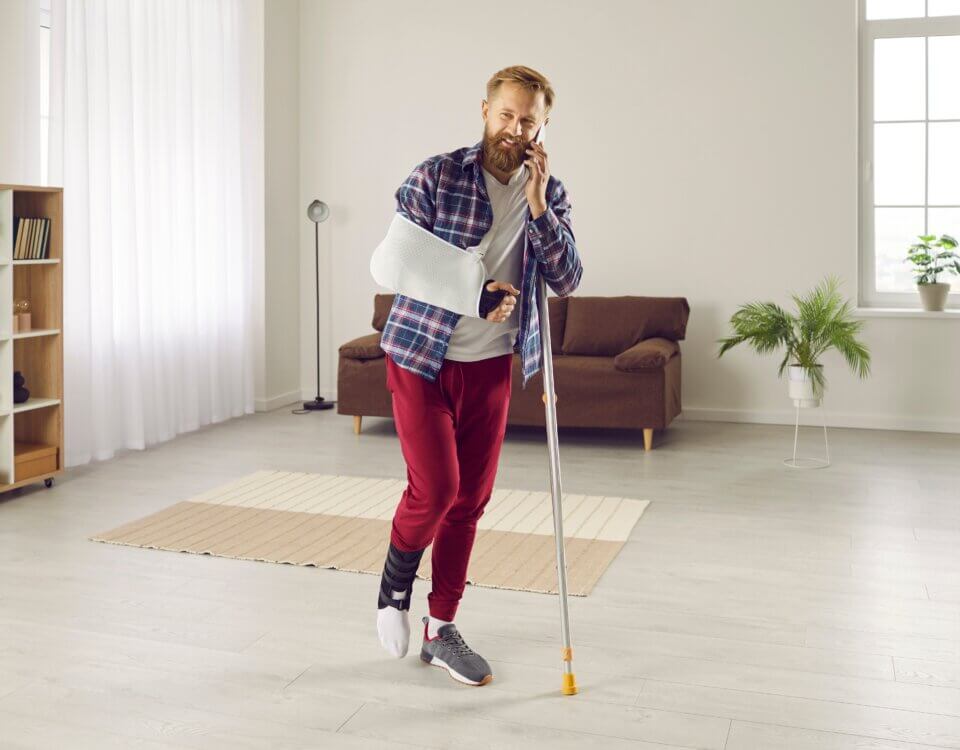Proper street lighting plays a critical role in road safety, especially in urban and suburban areas where drivers, cyclists, and pedestrians share busy roads. Across California, communities are investing in lighting upgrades to reduce accidents and make streets safer after dark.
Why Street Lighting Matters
- Improved Visibility: Well-lit roads help drivers spot pedestrians, cyclists, and obstacles sooner.
- Reduced Crime: Better lighting can deter theft and vandalism in neighborhoods.
- Lower Accident Rates: Studies show that intersections and crosswalks with adequate lighting experience fewer collisions.
Examples of Local Initiatives
- Los Angeles County: Pilot programs have installed energy-efficient LED streetlights in high-accident corridors like parts of Hollywood and Downtown LA.
- San Diego: Community groups have partnered with the city to add lighting near popular pedestrian crossings and parks.
- Sacramento Suburbs: Upgrades to LED fixtures have reduced energy costs while brightening previously dim intersections.
- Bay Area Cities: Some municipalities are using smart-lighting technology that adjusts brightness based on traffic or weather conditions.
Community Involvement
Residents can take action by:
- Reporting burnt-out or flickering lights through local public works websites.
- Participating in city council or neighborhood meetings to advocate for lighting in dark, high-traffic areas.
- Supporting grants or local bonds aimed at infrastructure improvements.
Staying Safe at Night
Drivers should use headlights responsibly, pedestrians should wear reflective clothing, and cyclists should ensure their bikes have front and rear lights. Even with improved infrastructure, personal vigilance remains key.
Brighter Streets, Safer Communities
Better street lighting not only prevents night-time crashes but also creates more welcoming neighborhoods. Through collaboration between residents and local governments, California communities are building safer, brighter streets for everyone.
Note: These blog posts are created solely for the use of Hillstone Law. The information is gathered from internet research, publicly available sources, and artificial intelligence (AI) tools such as ChatGPT. While we aim to share helpful and educational content, Hillstone Law does not independently verify every detail. Some information may be incomplete, outdated, or subject to change without notice. If you believe any part of a post is inaccurate, misleading, or infringes upon copyright, please contact Hillstone Law immediately so we can review it and take appropriate action, including correction or removal.
Disclaimer: The material provided in these blogs is for general informational purposes only and should not be considered legal advice. Reading these posts does not create, and is not intended to create, an attorney-client relationship with Hillstone Law. Our intent is to share knowledge, raise awareness, and provide helpful resources to the public; however, Hillstone Law makes no warranties or guarantees about the accuracy, completeness, or reliability of the information provided, and expressly disclaims liability for any actions taken in reliance on it. The photos used in these posts are for illustrative purposes only and do not depict actual clients, individuals, or incidents unless expressly stated. If you or a loved one has been injured in an accident, please contact Hillstone Law at (855) 691-1691. Our attorneys are available to answer your legal questions and help you understand your rights.








